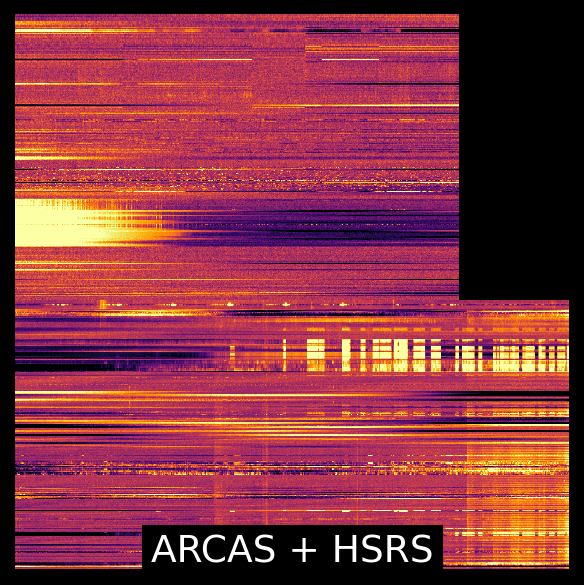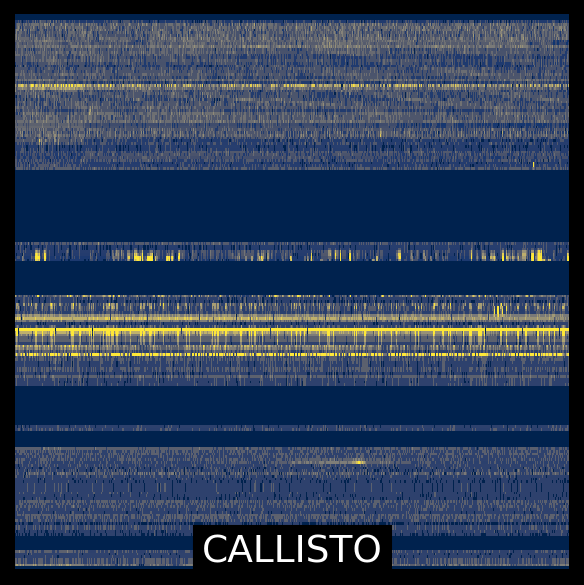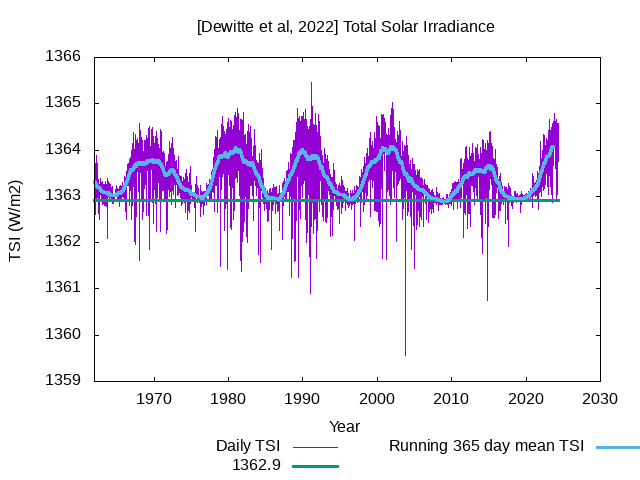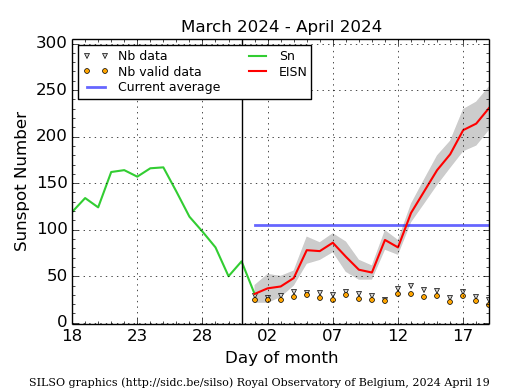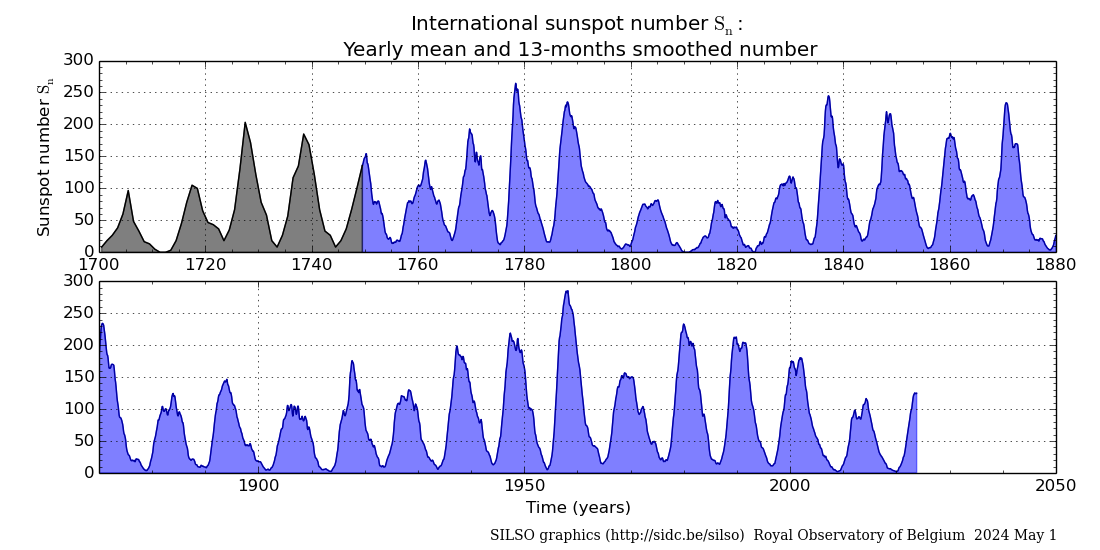Solar flaring activity over the past 24 hours was at moderate levels. The largest flare was a M1.6-flare, with peak time 01:14 UTC on April 30 associated with NOAA AR 3654 (beta-gamma-delta). There are currently 6 numbered active regions on the visible disk. NOAA AR 3654 (beta-gamma-delta) is the largest, most magnetically complex region and has produced most of the flaring activity in the last 24 hours. NOAA AR 3652 (alfa) has started to rotate over the west limb. All other regions were inactive and stable. The solar flaring activity is likely to be at moderate levels over the coming days with C-class flares expected, M-class flares possible and a chance for an X-class flare.
A Coronal Mass Ejection (CME), was detected at 12:36 UTC on April 29, in LASCO C2 data. The CME is associated with an eruption seen in SDO/AIA 171 and 193 at 07:53 UTC on April 29 associated with NOAA AR 3654. Further analysis is ongoing.
A long negative polarity coronal hole stretching from high northern latitudes down to the equator continues to pass the central meridian. The high-speed stream emanating from it might arrive to Earth late on May 1st.
Over the past 24 hours the greater than 10 MeV GOES proton flux was at background levels and is expected to remain so over the next days.
The greater than 2 MeV GOES 16 electron flux was below the 1000 pfu threshold and is expected to remain so in the upcoming days. The 24h electron fluence was at nominal level and is expected to remain so in the next days.

